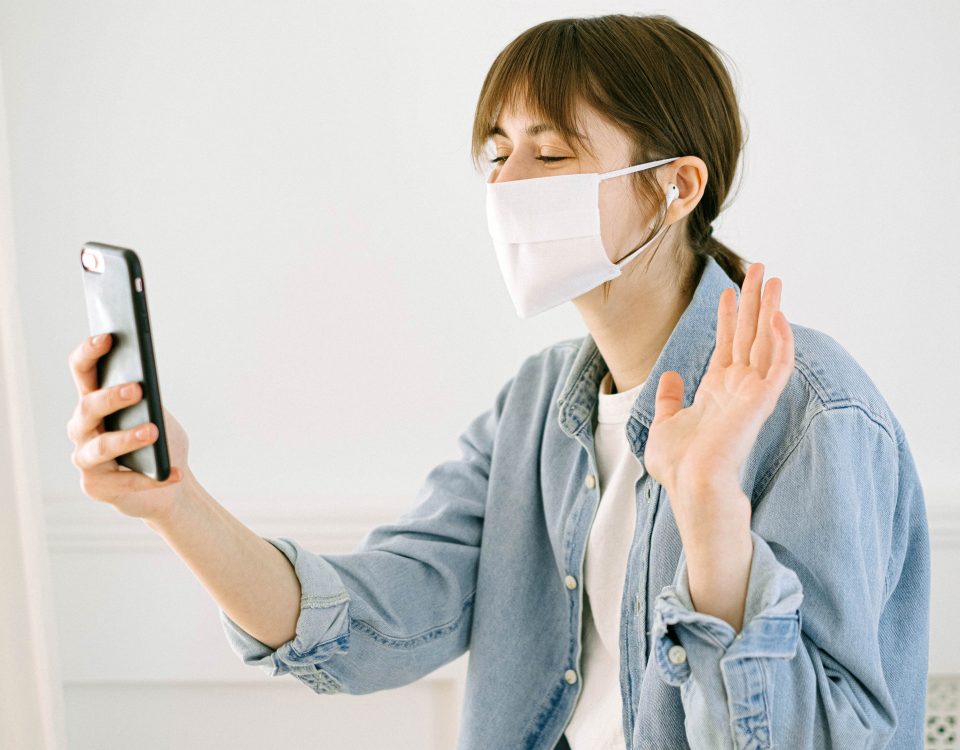Fit to teach?

Changing the ‘message’ of school physical education in response to COVID-19: avoiding the ‘new normal’
October 30, 2020
Long-COVID-19 – The need to (re-)research about teacher educators’ professional learning needs
February 1, 2022Fit to teach?

Being a Teacher Educator during the Pandemic
As a teacher educator of 13 years of experience, I have learned a great deal since Covid-19 took its grip on the UK in March 2020, with the pandemic providing me with time to reflect on and review my previous and current practice (Bain et al 2002). The personal and professional became inextricably intertwined, prompting me to engage with my practice in more depth. I am a teacher educator, a parent, an assessor, and a former school teacher. These roles once separate, have become interwoven, leading me to look at my engagement in the teacher educator landscape through a different lens. The impact of Covid-19 lockdowns across the globe has exposed anew the levels of educational inequality in our state school systems (Doyle 2020), intensifying pre-existing social and educational injustices. Addressing this issue in teacher education has become ever more important.
As a parent, I discovered that the home learning opportunities offered by schools in London left a lot to be desired. Discussions with colleagues identified many who found it difficult to successfully transfer teaching and learning out of the classroom and into the home. Skills they had honed and practised over many years were not compatible for delivering accessible education to children outside brick-and-mortar classrooms; particularly for those from under-privileged backgrounds.
As a teacher educator, the goalposts are continually shifting for us.
No longer able to plan in advance with clear parameters, and with our practice constantly being affected by the latest government announcements, it is not enough to prepare our student teachers for the physical classroom. In a post Covid-19 world they needed to have the knowledge, skills and confidence to teach flexibly for a diverse range of students. As an assessor, it is my responsibility to ensure that student teachers meet the English Teaching Standards and confidently enter the workforce; ensuring they contribute to an engaging, inclusive and motivating education for all their pupils. Their ‘teacher’s toolkit’ needs to be well stocked to provide the best experience possible for everyone. They need to be prepared to consider key aspects of inclusive practice in order for their pupils to have equitable access to engaging learning experiences.So, the ever-present question – how to respond to these challenges? Speaking to fellow practitioners over the period March – July 2020; none of us felt fully equipped for what was happening. I asked, how do I engage and motivate our ‘digital native generation’ when my skill set has more in common with the ‘Luddite’ one? How do I ensure my student teachers are fully equipped for this new way of flexible teaching whilst fully meeting the statutory requirements that allow them to graduate and enter the profession? It was time to consider unleashing the creative practitioner within (Robinson 2011). Fast forward to September 2020: English schools were back to teaching full time in their physical premises; teacher education courses were back in campus buildings, also full time. Still, there was a part of me that was reliving March 2020 and worrying. Channelling Craft (2000), I redesigned a second-year undergraduate module via the pedagogy of ‘little c Creativity’. Key elements for the module design and delivery included:
> 12 weeks of content that introduced and consolidated creative and ‘socially just’ teaching and learning practices.
> An assignment brief that required students to think outside the box and the physical classroom.
> Interactive and online planning activities requiring real-time engagement and output from the student cohort.
> Input from colleagues in schools.
> Student experimentation/engagement with a range of Virtual Learning Environments and on-line knowledge repositories.
> Placement days to experiment and take risks with the creative teaching and learning approaches covered in lectures and seminars.
> An assignment that could become a teaching resource for the students upcoming block placement in January.
The intended outcome of this module was to encourage students to think about online planning, delivery content and approaches. The hidden agenda was to provide them with opportunities to experiment, make mistakes and work collaboratively, thereby developing their online teaching and learning skills and their creativity. Would it be successful? Would it provide student teachers with an introduction to ‘creative teaching’ in the wider sense of the words? Would it encourage them to take risks and be inclusive yet engaging practitioners? In January 2021, England went into a third lockdown: all schools, colleges and universities are closed for the foreseeable future. Education has moved online again for everyone. The block placement has now become an ‘online’ placement for all student teachers. My personal metric of success will not be to measure my student’s progression towards being confident blended-learning practitioners. Rather it will be to consider if the skills learned have allowed them to navigate the choppy current of the Covid education wave and swim safely to shore through the successful completion of their block placement. I believe their professional experiences will not only be informative; but transformative.
References
Bain, J.D., Ballantyne, R., Mills, C. & Lester, N.C. (2002). Reflecting on practice: Student teachers' perspectives, Post Pressed: Flaxton, Qld.
Doyle, O. (2020). COVID-19: Exacerbating Educational Inequalities?
Robinson, K. (2011). Out of our minds: Learning to be Creative. 2nd Edition Chicester: Capstone
Craft, A. (2001). Little c Creativity. In A. Craft, B. Jeffrey and M. Leibling Creativity in Education, London: Continuum.




